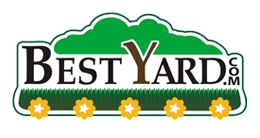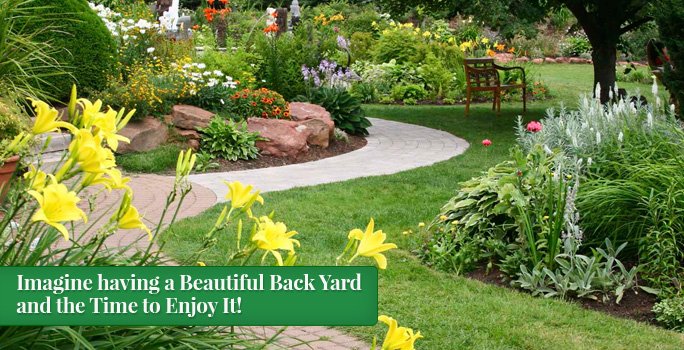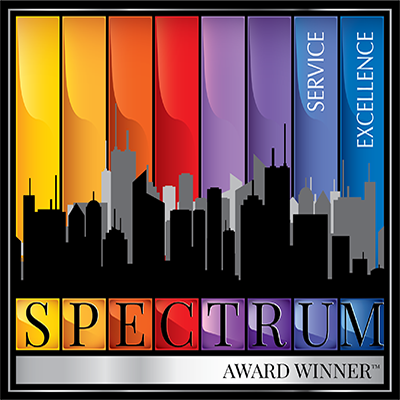In this post, let’s discuss the benefits of pollinators in your garden.

Next week is Pollinator Week. To celebrate, invite pollinators into your landscape. It’s good for them, and it’s good for your garden.
What do pollinators do for us?
Scientists estimate that one out of every three bites of food we eat are made possible by pollinators.
More than just bees
Pollinators come in all shapes and sizes: bees, butterflies, birds, bats, beetles, moths, flies, and more contribute to pollination. Many native pollinators find their food in specific native plants. Consider adding some native plants to your landscape to support the local pollinator population.
Different pollinators like different plants
Choose a variety of plants to welcome more than just monarchs. Some plants to consider:
• Penstemon and salvia for hummingbirds
• Echinacea (coneflower) for birds and butterflies
• Chokecherry for ants, bees, and flies
• Sunflowers for bees
Just as you should choose the right plant for each pollinator, you should also choose plants that are appropriate for the conditions in your landscape. Talk with a landscape professional to help choose the right pollinator-friendly plants for your outdoor space.
Offer pollinators a refreshing drink
Provide a shallow puddle for butterflies, which practice “puddling” in order to get nutrients from mud or rotting plant matter. Just a tiny spot will do, though you’ll need to replenish water as it evaporates. You can use a small saucer and add sand, a bit of compost, and water. Don’t create large standing water in your landscape, which invite mosquitoes.
Create a bee watering station by filling a saucer or pie plate with rocks or marbles and adding water. Don’t entirely cover the rocks with water; bees will perch on the rocks and go to the water’s edge for a drink.
Click “DO IT FOR ME” to request a FREE quote.

Source: customer-service@bestyard.com in collaboration with Associated Landscape Contractors of Colorado
















